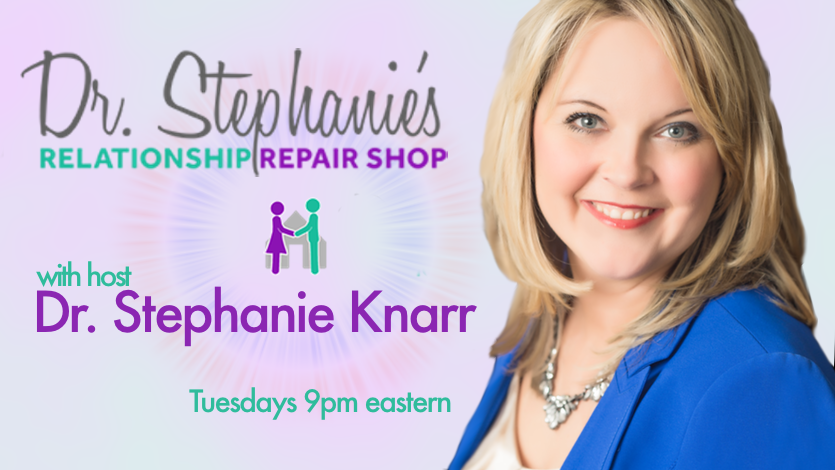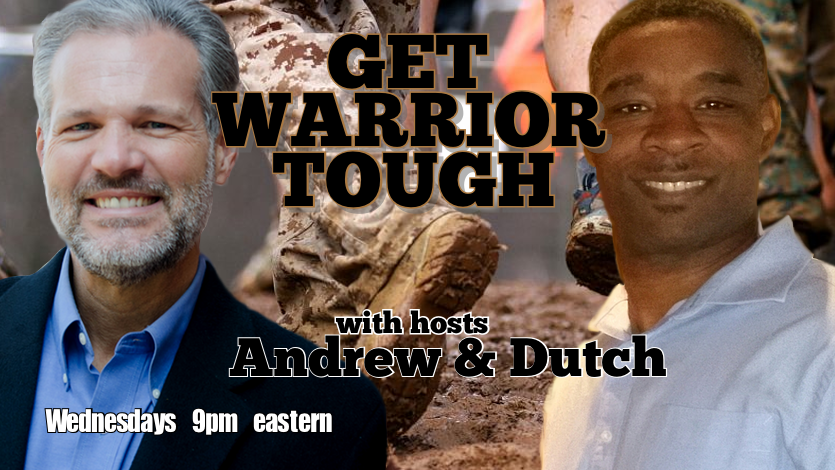
Monday night, when the clock strikes 10, over 3,000 volunteers will spill into the streets of New York City with one common goal: count the homeless. This massive canvasing effort, sponsored by the Department of Homeless Services (DHS) and deceptively named HOPE (Homeless Outreach Population Estimate), is purposely scheduled on a weekday in the middle of winter to obtain the most accurate estimate of the city’s unsheltered population. As a lifelong humanitarian committed to community outreach, I proudly joined this effort for four years, and I never felt so useless.
The job of a HOPE volunteer is simple. Grouped into teams and assigned canvasing areas, HOPE volunteers are expected to ask every individual they encounter –as they walk up and down the streets, through parks and into subways– if they have a place to spend the night. If the individual answers yes, the team marks a box indicating so and moves on. If the individual answers no, the team marks a box indicating “homeless” and offers to call a van for transport to a local shelter. In all four years of my experience, this was the most telling moment. Over and over again, no matter that my privileged feet, wrapped in ski socks and Coach boots, were frozen stiff or that the wind whipped my face like an angry hand, we were met with harsh resistance coupled with informed and experienced logic as to why going to a NYC shelter was a bad, bad idea. I couldn’t believe it. What could be worse than sleeping on the streets in the middle of winter? The answer: sleeping in a shelter. In four years of volunteering for HOPE, I met dozens of homeless people and only once were we given the go ahead to call a van. Once!
And that leads me to a novel idea. Maybe our “efforts” to combat homelessness need a fresh perspective. Maybe the safety and security of the city’s homeless shelters need to be reevaluated. And maybe—and here comes my radicalism—the underlying cause of homelessness needs to be assessed and combated at its core. When I worked at the Legal Aid Society of Suffolk County, I had daily conversations with incarcerated individuals who could not read! These were adults who presumably crawled through the public school system. How does this happen? How can any adult manage to taste success without mastering even the most basic skills? This failure of the public school system coupled with children growing up in disadvantaged neighborhoods where girls get knocked up and opportunity gets knocked out, creates a potent petri dish for poverty, drug addiction and mental illness, all major risk factors to homelessness.
In fairness, I must note that the homeless individuals I met during HOPE were just that, individuals, and to my knowledge, families with minor children (or pregnant women) who seek shelter in NYC meet with a more pleasing outcome where they are transitioned expediently to semi-permanent housing. But individuals deserve the basic human right to shelter just as much as families do, and their suffering is no less profound. In my third year as a volunteer, I encountered a homeless transgender couple in the subway. And although miserable, cold and hungry, they too refused to be transported to a shelter because they claimed they would be separated due to their gender identity and abused due to their lifestyle. Instead, we offered them some hand warmers, granola bars and cigarettes while listening to their plight, struggling through tears as they shared the pain of being rejected by their families.
But it was my second year that left me with my most haunting experience. It was bitterly cold that night, so cold I wore ski pants and covered every inch of my face. I spotted a mound of blankets on the other side of a fence near St. Luke’s Roosevelt Hospital and peering through my wool scarf scanned the perimeter to locate an entrance point. Finding a breach in the fence, I clumsily ducked under as my team waited, bouncing in place to keep warm, on the street. The lot was scattered with debris, yet there was nothing in the way of protection from the elements. This individual was laying on the ground, wrapped in a sleeping bag and covered in blankets. He was asleep, or dead, and for a moment I thought to leave rather than find out. But instead I decided to wake him in hopes that I might coax him to a shelter. He opened his eyes in a start, but quickly realized I was no threat. And though through the wind we could barely hear each other, he clearly let me know by shaking his head and scoffing that he would NOT leave for a shelter. I finally relented and fumbled to find a DHS card with a toll-free number to call in case he changed his mind. As he reached up to grab the card, exposing his fingers through a torn glove to the harsh elements, I saw the clarity in his eyes. I was a stupid, naïve dreamer, and he knew it. This system was not set up to help him succeed, it was set up to provide a marginal service to offer only the most desperate an option. Years later, that look is still seared in my memory.
So what, exactly, is the DHS accomplishing each year with the HOPE walk? Establishing that homelessness is up or down by a few percentage points from the previous year? And how is this information helping them to provide better services?
And here’s the real question: What would happen if 3,000 volunteers committed to 6-10 hours of tutoring, or job training, or shelter support? How better can we utilize this free and willing workforce? When a solution fails, it is time for a new solution. DHS is proud of their clever slogan for HOPE: Everybody Counts. Sadly, for now and until a change is implemented, this slogan will hold but a sliver of truth; everyone surely counts, but for one night, and one night only.










 Soul Search. What is the philosophy behind your show? What is your mission, the core of your message, that you hope to broadcast to a global audience? Open your mind to explore your true passion. Write an outline to organize your thoughts and gain focus.
Soul Search. What is the philosophy behind your show? What is your mission, the core of your message, that you hope to broadcast to a global audience? Open your mind to explore your true passion. Write an outline to organize your thoughts and gain focus.